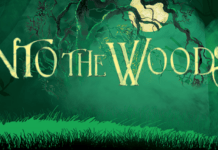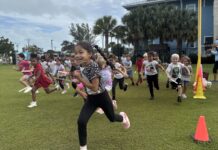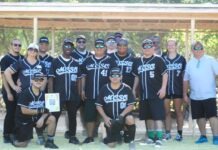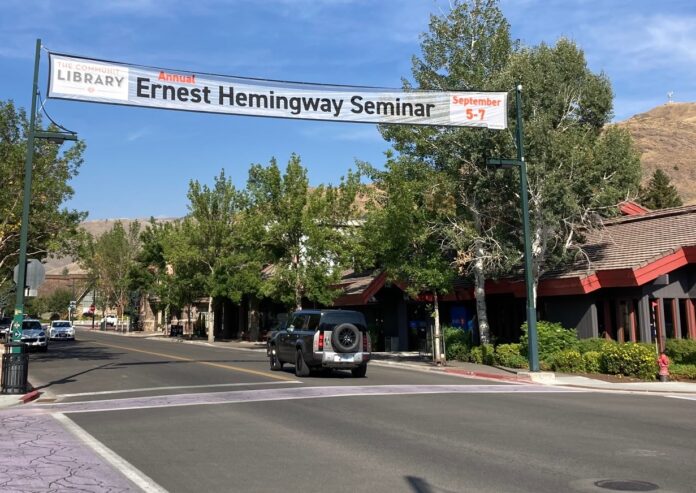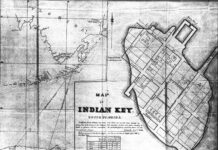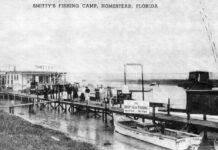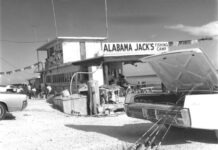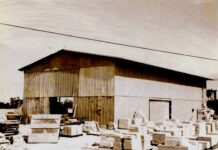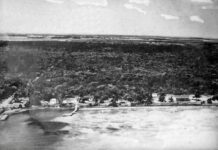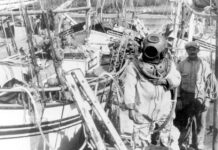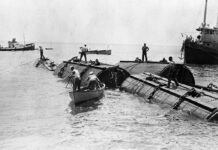After months of anticipation and weeks of preparation, the big event has come and gone.
I packed a bag, flew to Idaho and delivered the closing keynote at the 16th Ernest Hemingway Seminar on Sept. 7. The theme of the three-day event, hosted by the Community Library, was the novel “To Have and Have Not.”
At the time, his public wanted a new Hemingway novel, so he gave them one. The novel was written during the years he called Key West home, 1931-1937, and is set in Key West.
While I have not read the book, listening to the Hemingway scholars dissect it, it appears to be one of his more problematic works. Though commercially successful, it was something short of a critical success, and the book’s shortcomings were addressed in great detail.
I was invited to speak because of the Key West aspect of the book. One of the storylines in “To Have and Have Not” is that of a local charter boat captain smuggling human cargo into Key West — a form of piracy. Pirates and piracy were why I was invited, and the email I sent back accepting the invitation was enthusiastic.
This was the first time I’ve traveled north of South Florida to stand in front of an audience and spread what I think are good words. While I wouldn’t say I like traveling, change, and, more often than not, leaving the house, it was not horrible getting away for a few days. After the heat and humidity that seems to have only become hotter and sweatier in the last few years, experiencing the mountain air and lack of humidity was a nice change of pace.
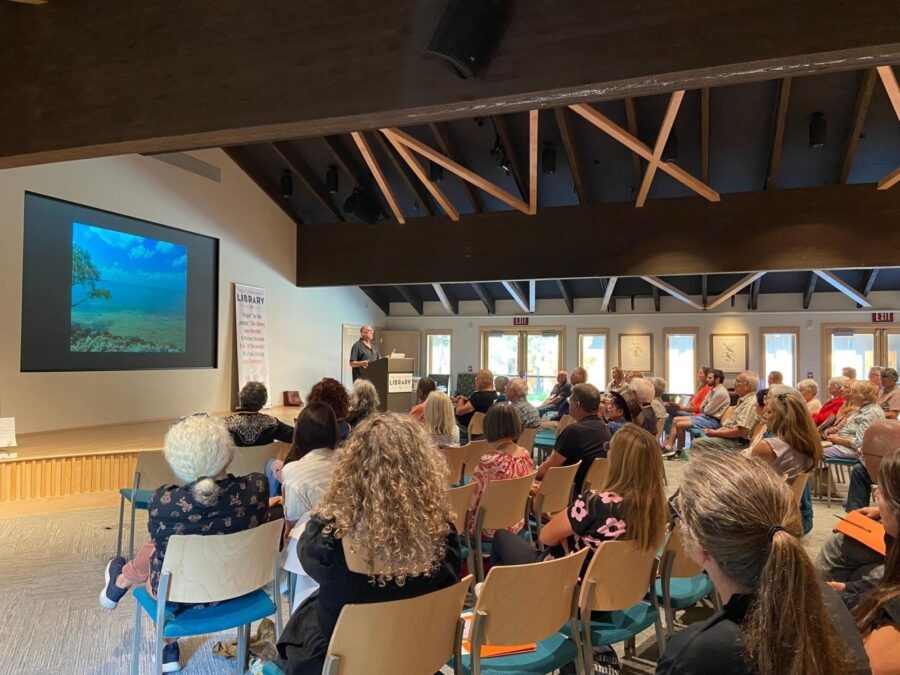
Ketchum is a cool little town filled with exceedingly welcoming people. It is also a walking town. The Community Library was an eight-minute walk from the Hotel Ketchum, where the library put me up for the weekend. The Sawtooth Brewery was across the street from the hotel. I had two meals and several beers during my stay. The Pioneer Saloon, one of the town’s classic restaurants, was three blocks away. I went for dinner on Friday night and ordered a thick cut of prime rib and one of those famous Idaho potatoes stuffed with butter, cheese, bacon and sour cream.
Ketchum is a ski town in the winter, a haven for lovers of all things Hemingway, and a fishing destination. Ketchum is a resort town made famous, in no small part, by Ernest Hemingway, who moved there in 1939. It is also where he ended his life. One of the things that Ketchum and the Keys have in common, other than Hemingway and fishing, is that they are both travel destinations.
Like the Keys, Ketchum relies heavily on the hospitality industry. One of the interesting things I learned was that the town is experiencing many of the same problems we have. I heard people in town, time and time again, say how it is getting harder and harder to live there. Apparently, they have a saying that rings true here, too. “In Ketchum, you either have two jobs or three houses.”
Traveling to deliver the closing keynote talk was an absolute treat. The staff at the Community Library was amazing and friendly, and the hospitality they afforded me was heartwarming. Being the last to speak at a three-day event was an anxiety-building bummer, but all of that disappeared as soon as I stood up in front of the crowd, kicked off my Kinos, opened my mouth, and let the fun begin. Surrounded by scholars and fans of Hemingway, I told stories about pirates, piracy, rum running and speakeasies for 75 minutes.
It was a big topic, and I had a lot to say; not all of it was confined to Key West. So often, when the subject of the Florida Keys comes up, the focus of the conversation revolves around Key West. Interacting with the attendees and the speakers, this certainly proved to be the case. In every talk, I try to stress that it is not so easy to tell a Key West story, or a Big Pine Key, Marathon, Islamorada or Key Largo story without telling a greater Florida Keys story. I was happy to bring that message to a broader audience as the stories I told traveled up and down the island chain.
When I finished, I slid back into my Kinos, gathered my laptop and stepped off the small stage. The library’s executive director approached the podium to give a few closing remarks. She opened with, “You can tell we’ve come a long way at the seminar when our speaker slipped back into his sandals after his talk.” The comment elicited laughter from the crowd.
As I mingled with the audience afterward, several people approached. One lovely lady wearing pink, cat-eyed glasses put her hand on my arm and said, “Thank you for your enthusiasm.” However, the comment that really put a smile on my face came from one of my fellow presenters, who also worked behind the scenes to organize the event. He shook my hand and said, “I knew it was going to be good, but that was so much better.”
All in all, it wasn’t a bad way to wrap up a talk.



